ATR72 Survives Water Impact During Unstabilised Approach (Royal Air Maroc Express ATR 72-600 CN-COH)
On 9 July 2018 Royal Air Maroc Express ATR 72-600 CN-COH struck the surface of the Mediterranean during an approach to Al Hoceima, Morocco. The aircraft was able to climb away and made a safe landing at Nador.
The Safety Investigation
The Morocco BEA issued their safety investigation report (in French only) on 12 July 2020. They explain that the aircraft had been operating Casablanca-Al Hoceima-Tangier-Al Hoceima-Casablanca. The 61 year old Aircraft Commander had recently converted to the ATR72 from the Boeing 737NG. He had around 194 hours on type and 13488 in total. The 25 year old Co-Pilot was a relatively new First Officer with 816 hours on type and 1063 in total.
The crew had agreed the Aircraft Commander would fly the first sector and the Co-Pilot would be Pilot Flying for the next three. During the first sector the crew received a Terrain Avoidance and Warning System (TAWS) TERRAIN warning while at FL160 and a TERRAIN FAULT caution light. These disappeared after just over 6 minutes and were probably due to a GPS signal anomaly.
During the subsequent (first) approach to Al Hoceima the crew conducted an RNAV approach to runway 17 over the sea. The Aircraft Commander, who was Pilot Flying, was unable to see the runway at the 1030 ft Minimum Descent Altitude (MDA) but continued below this height at descent rate of 1000 ft/min. The aircraft descended to just 60 ft, 1760 m from the threshold at a point it should have been at c 300ft. The ACSS TAWS activated with TERRAIN AHEAD PULL UP and AVOID TERRAIN messages at the aircraft descended to just 45 ft. The aircraft climbed to c 108 ft, which the crew maintained as they approached the airport and then landed.
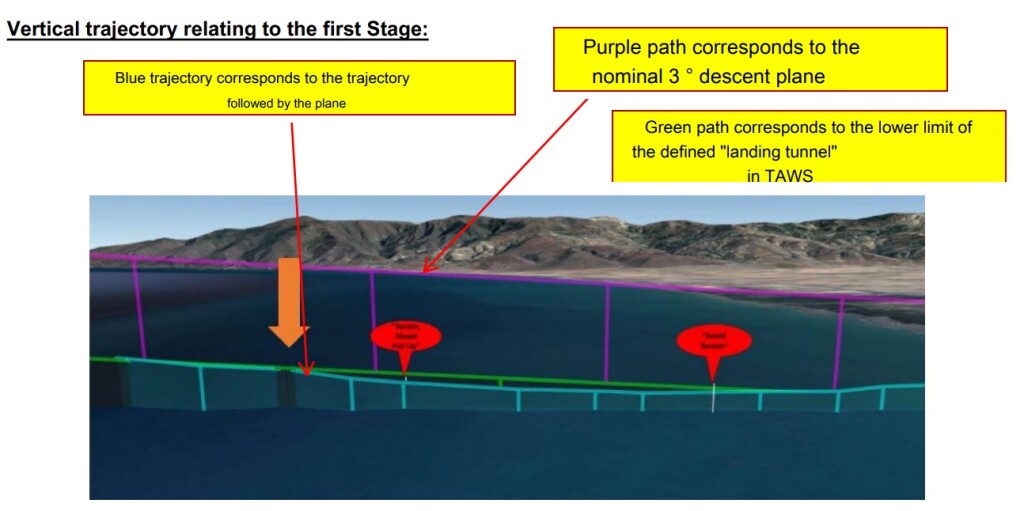
Profile of First Approach into Al Hoceima of RAM Express ATR72 CN-COH (Credit: ACSS via BEA Morocco)
On their return to Al Hoceima later in the day the Co-Pilot was Pilot Flying. The crew decided on a VOR/DME approach, with a lower MDA (760 ft). the Aircraft Commander briefed however that if the runway was not in view at the MDA they would descend to 400ft, maintain that until the runway was visible, and if not, go around at 2 nm distance. The Co-Pilot suggested the TAWS should be turned off and after consulting the Dispatch Deviation Manual, the Aircraft Commander agreed.
The rate of descent was reduced to 1,000 ft/min at 445 ft and the Aircraft Commander declared they would “continue”. The rate of descent was increased to 1800 ft/min as the aircraft passed through 310ft before being reduced to 1400 ft/min at 135 ft. The Co-Pilot determined the situation was “not normal…[and]…I’ll take it manual”, disengaging the autopilot at just 80 ft / 130 knots. While the Co-Pilot (the Pilot Flying) applied a nose up input, the Aircraft Commander (the Pilot Monitoring) applied a stronger nose down input. This continued for 9 seconds and 2 seconds later the Co-Pilot advanced the throttles.
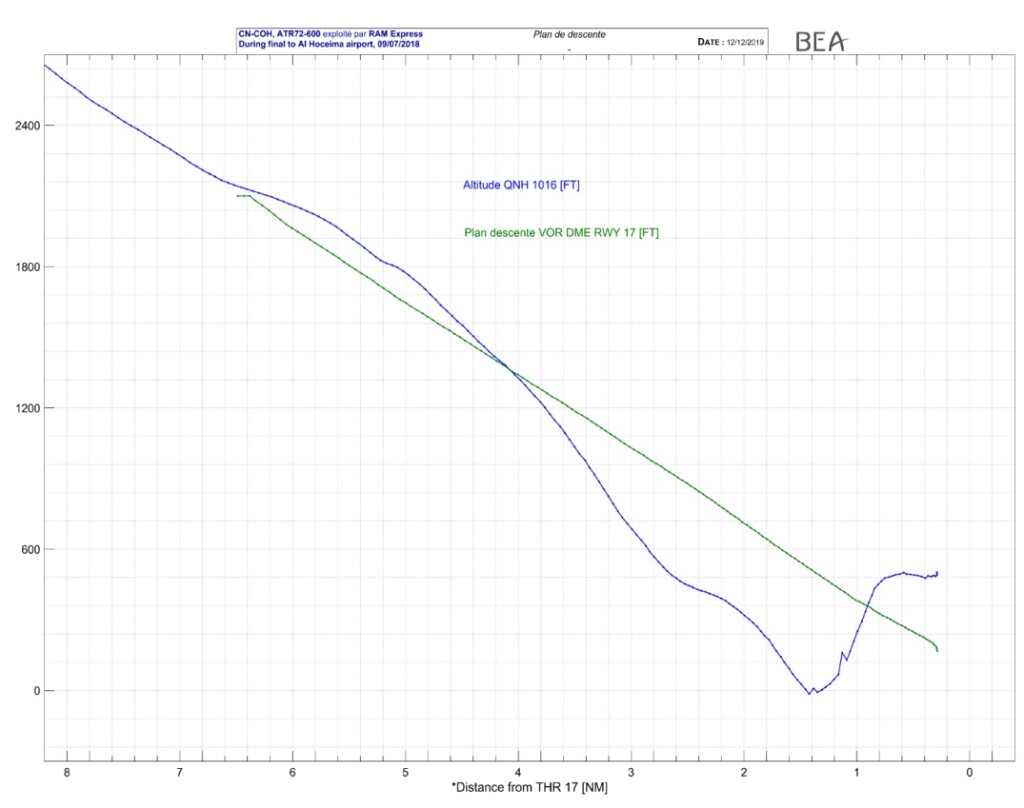
Profile of Second Approach into Al Hoceima of RAM Express ATR72 CN-COH (Credit: BEA France via BEA Morocco)
However, 1.4 nm from the threshold, the aircraft landing gear contacted the sea twice with 3.2 g and 3.9 g vertical decelerations.
The Aircraft Commander reduced his control input and the Co-Pilot was able to climb the aircraft. The Aircraft Commander radioed they were diverting and subsequently reported a bird strike.
On landing fuselage panels were found to be broken with stringers deformed.
Water had been ingested through air inlets, leaving salt deposits.
The landing gear had to be replaced due to being overloaded. The 58 occupants were all uninjured however.
Within Royal Air Maroc Express non-stabilised approaches featured in just 0.62% of the approached analysed in July 2018 (98.89% all flights were downloaded successfully).
Morocco BEA Conclusions
The event…was due to non-compliance with operational procedures, in particular; deliberate stopping of TAWS, continuing the approach unstable below the stabilization floor and the continuation of the approach beyond the minimum descent altitude (MDA) in the absence of visual references.
They note that:
By the improper deactivation of the TAWS and the absence of “Advisory Calls” announcements during the approach, the crew deprived themselves of all possibility of becoming aware of and managing the undesirable situation of Flight directed towards the ground Flight Toward Terrain “in which the aircraft was located until touchdown.
The deficiency in CRM within the flight crew, in particular in terms of communication, coordination, cockpit authority gradient and the level of self-assertion of the Co-Pilot, made the latter slow to react against the Aircraft Commanders directives, which were incompatible with stabilisation and approach minima.
The Copilot’s reaction, even though it late, did limit the damage suffered by the aircraft.
Three safety recommendations are made to the airline in relation to:
- Enhancing CRM training
- Adopting Constant Angle Approaches (CANPA) when vertical guidance is not available
- Reaction to TAWS alerts
- Review of the Minimum Equipment List (MEL) to identify inconsistencies in the Operational (O) and Maintenance (M) procedures
Unstable Approaches: Topical Warning
This accident occurred before the 2020 COVID-19 pandemic. However, IATA has warned that aggregated that FDM shows the rate of unstable approaches has been increasing during the period of reduced operations.
High Airspeed and Low Engine Thrust events were key to the increase.
IATA comment:
Any significant deviation from planned flight path should be announced and promptly corrected. In order to ensure the safety of the flight, a go-around is required if the approach cannot be continued within stabilized approach parameters. It is important to highlight that the decision to execute a go-around is not, in any way, an indication of poor flight crew performance but rather prudent decision-making. There should be a clear non-punitive go-around policy.
Safety Resources
See the Flight Safety Foundation ALAR Toolkit and the IATA Unstable Approaches, Risk Mitigation Policies, Procedures and Best Practices. The FSF has also published a Briefing Note on Stabilized Approaches and a study A Practical Guide for Improving Flight Path Monitoring. We have previously published the article Commanders: Flying or Monitoring? and the UK CAA have also set up a microsite ‘Making Monitoring Matter’. Skybrary has an article on Continuation Bias.
Past Aerossurance articles include:
…and our review of The Field Guide to Understanding Human Error by Sidney Dekker presented to the Royal Aeronautical Society (RAeS): The Field Guide to Understanding Human Error – A Review
- ATR72 In-Flight Pitch Disconnect and Structural Failure
- ANSV Highlight Procedures & HF After ATR72 Landing Accident
- Fuel System Maintenance Error: Tuniter ATR72 TS-LBB Ditching 6 August 2005
- Southwest Unstabilised Approach Accident
- Dash 8 Runway Excursion after Unstable Crosswind Approach – Danish AIB Report
- Unstabilised Approach Accident at Aspen
- Severe Propeller Vibrations on ATR 72-212A: BEA Report
- Emirates B777 Runway Impact During Attempted Go-Around, 3 August 2016, Dubai: Accident Report
- Investigation into Jet Airways B777 VT-JEK Serious Incident at Heathrow
- Near B777 CFIT Departing LAX (0.3 mi H / 0 ft V)
- ATR72 Control Problems in Severe Icing, Norway, 14 November 2016
- ATR72 Cognitive Bias Leads to Control Problems
- Runway Excursion Exposes Safety Management Issues
- G200 Leaves Runway in Abuja Due to “Improper” Handling
- CRJ900 Skids Sideways Down Finnish Runway
- Easyjet A320 Flap / Landing Gear Mis-selections
- Premature A319 Evacuation With Engines Running
- Visual Illusions, a Non Standard Approach and Cockpit Gradient: Business Jet Accident at Aarhus
- Fatal US G-IV Runway Excursion Accident in France – Lessons
- Execuflight Hawker 700 N237WR Akron Accident: Casual Compliance
- Unstabilised Approach Accident at Aspen
- Business Jet Collides With ‘Uncharted’ Obstacle During Go-Around
- G200 Leaves Runway in Abuja Due to “Improper” Handling
- Cockpit Tensions and an Automated CFIT Accident
- Global 6000 Crosswind Landing Accident – UK AAIB Report
- Challenger Damaged in Wind Shear Heavy Landing and Runway Excursion
- UPDATE 28 July 2020: US Dash 8-100 Stalled and Dropped 5000 ft
- UPDATE 4 October 2020: Investigators Suggest Cultural Indifference to Checklist Use a Factor in TAROM ATR42 Runway Excursion
- UPDATE 4 August 2022: DC3-TP67 CFIT: Result-Oriented Subculture & SMS Shelfware
- UPDATE 3 August 2024: “Sensation Seeking” Survey Fatal Accident



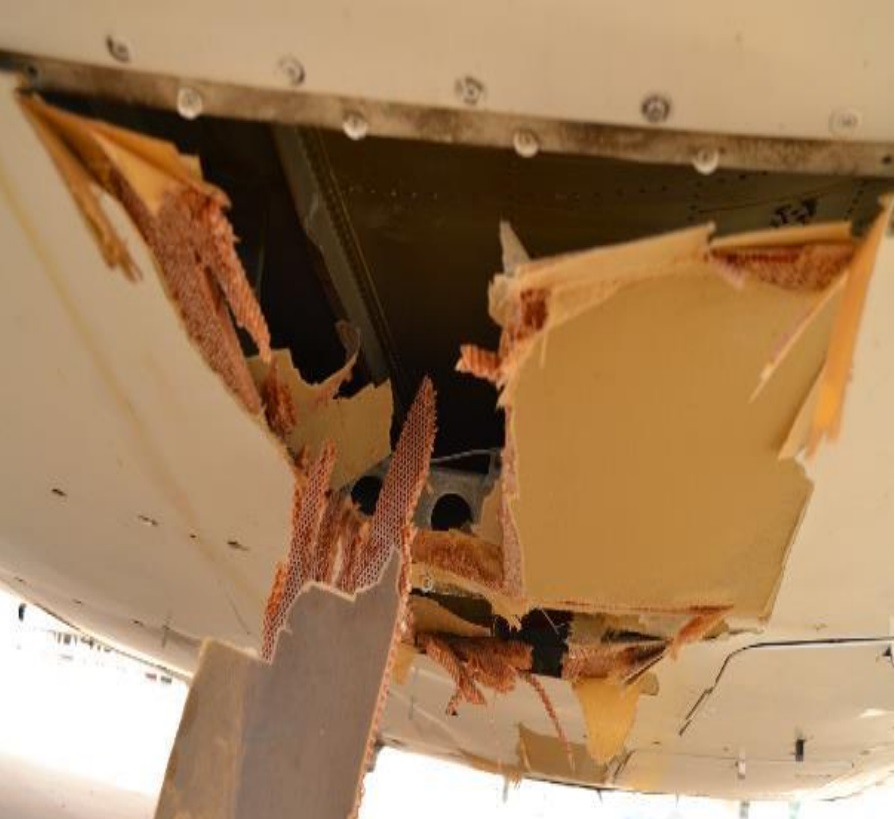
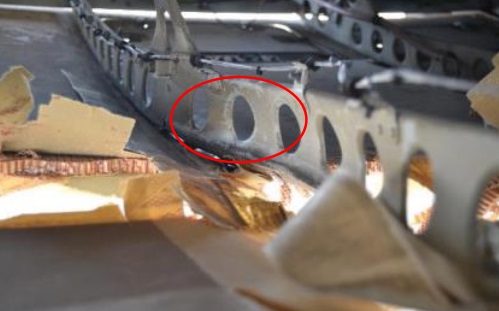
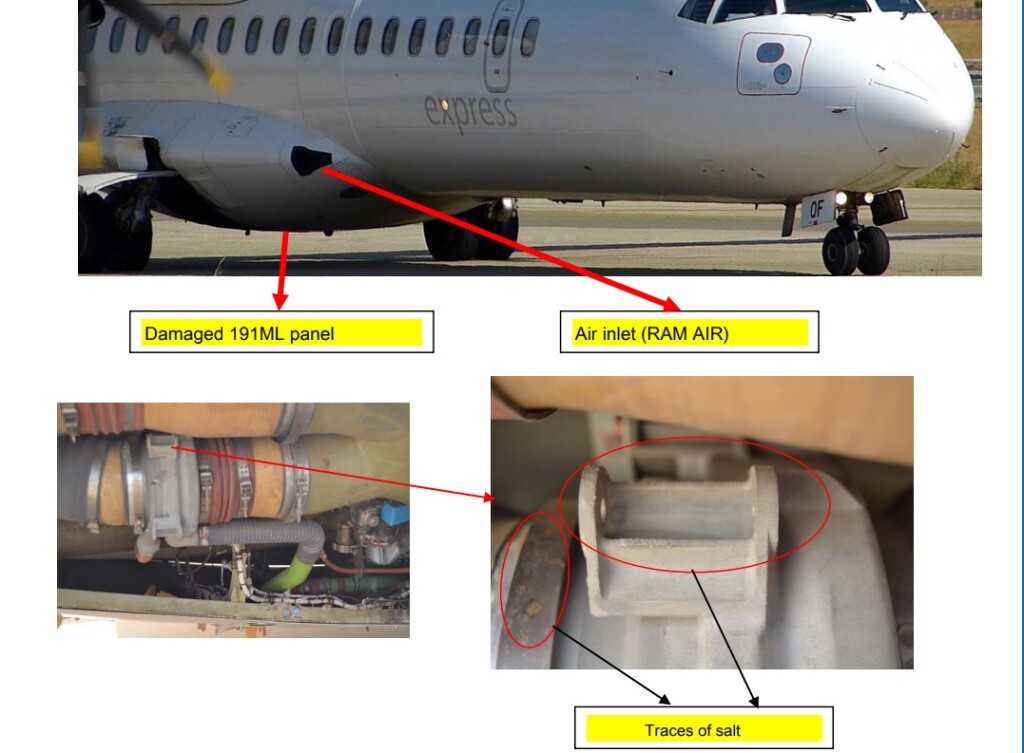
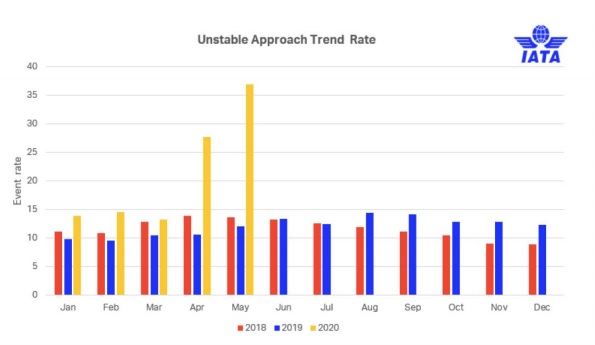
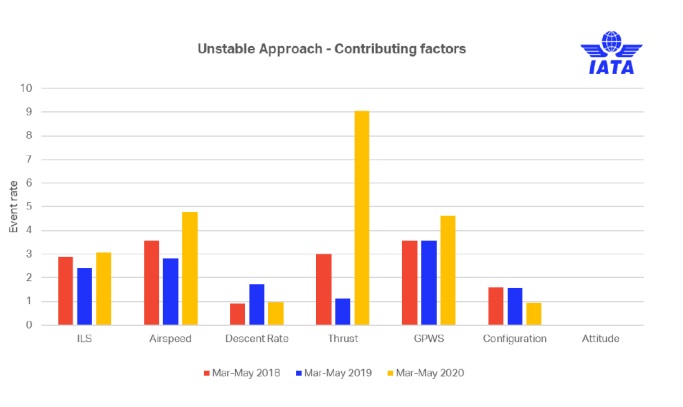
Recent Comments